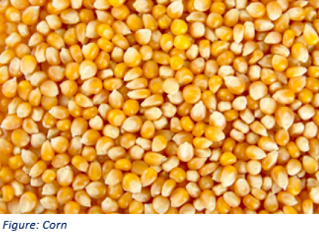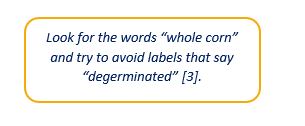CORN (Zea mays)
Corn is known as “maize” in most parts of the world. Is it used in some of the most beloved foods which can be found across the Europe and America. Corn is not used just for human consumption. It can be also used for animal feed, biofuel and other. When it comes to human food we can count corn as vegetable (fresh corn) and as a grain (dried corn). There is many different varieties and strains of corn: sweet corn, fields corn, flint corn.

Corn is often nixtamalized and there are different nixtamalization methods. The most common is wet nixtamalization where the grain is soaked in a lime solution, drained, then ground into meal called. This method adds calcium to the end products and makes some vitamins more bioavailable (niacin (vitamin B3) and other B vitamins).
Corn contains naturally high levels of resistant starch which helps us feeling full for a longer period and it can help us maintain healthy gut microbiota. Whole grain corn is a good source of fiber, phosphorus, magnesium, manganese, selenium, and thiamine (vitamin B1). It also contains a lot of vitamin A (more than 10 times as other grains) and has a lot of antioxidants and carotenoids as lutein and zeaxanthin. The good thing about corn is also that it doesn’t contain a protein named gluten and is therefore suitable for gluten-intolerant people.
HOW TO BE CERTAIN YOU'RE GETTING WHOLE CORN?

References:
1. Oldways Whole Grains Coucil. CORN- OCTOBER GRAIN OF THE MONTH
2. Oldways whole grains coucil. Gluten free wholegrains
3. Oldways whole grains coucil. Whole grains A to Z